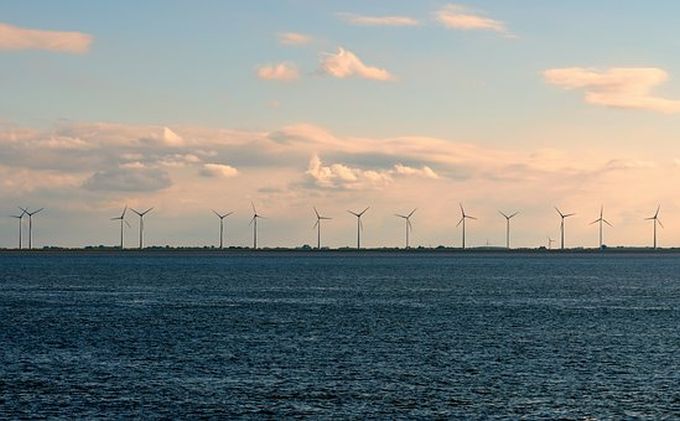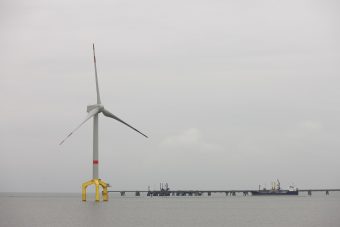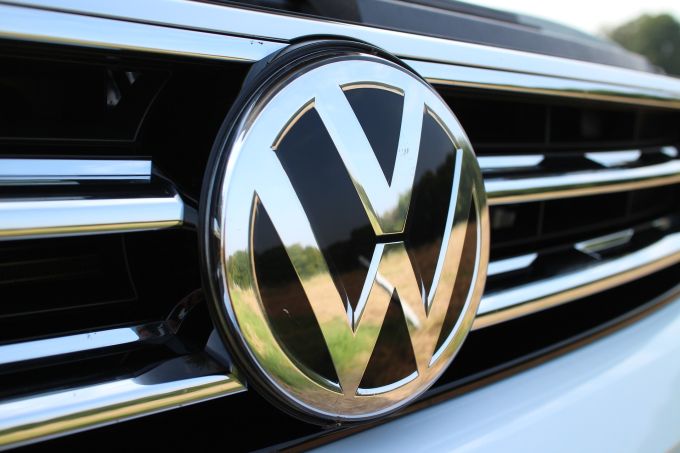
Coca-Cola HBC has committed to using 40 percent clean energy and recovering for recycling an average of 40 percent of its packaging introduced to markets by 2020. The company didn’t provide additional details about how it will achieve these goals. The second-largest Coca-Cola bottling company globally has also set other environmental targets to achieve by 2020 including: 1. Sourcing 20 percent of the total plastic PET it uses from recycled or renewable PET, 2. Reducing packaging by 25 percent per liter of beverage produced, 3. Certifying over 95 percent of its key agricultural ingredients against the Coca-Cola system’s Sustainable Agricultural Guiding Principles.
These new targets build on the carbon and water commitments Coca-Cola HBC announced last year: to reduce water consumption and the direct carbon emission per liter of beverage produced by 30 percent and 50 percent respectively by 2020, compared to 2010 levels. The company sells more than 2 billion unit cases of Coca-Cola products annually.
To date, Coca-Cola HBC says it has reduced its water use by 2.1 billion liters in the past two years and reduced the global carbon footprint of its products by 1.07 million metric tons.
Last month Coca-Cola said the company and its bottling partners including Coca-Cola HBC have met their goal to replenish the equivalent amount of water used in their global sales volume back to nature and communities. They also improved water use efficiency by 2.5 percent from 2014 to 2015, adding to a cumulative 27 percent improvement since 2004.
Source: environmentalleader.com



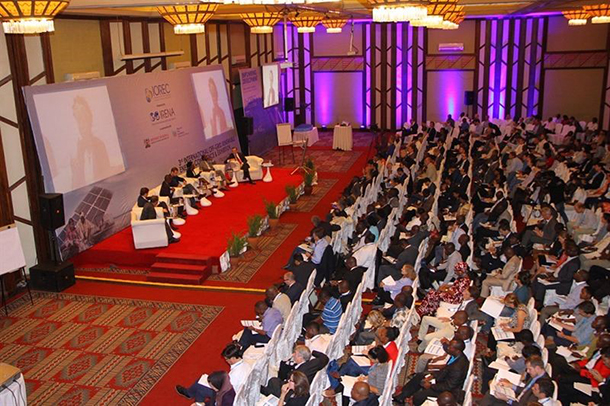
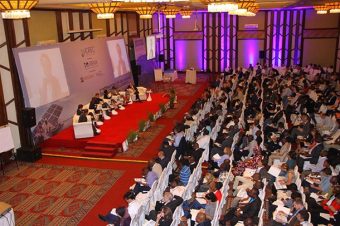 More than 500 participants gathered in Nairobi last week for the opening of the third International Off-Grid Renewable Energy Conference (IOREC). Organized by the International Renewable Energy Agency (IRENA), the conference aims to boost electricity access through the development of off-grid renewables. Today, roughly 15 per cent of the world’s population lives without electricity, but off-grid solutions can provide an estimated 60 per cent of the additional generation needed to achieve universal access.
More than 500 participants gathered in Nairobi last week for the opening of the third International Off-Grid Renewable Energy Conference (IOREC). Organized by the International Renewable Energy Agency (IRENA), the conference aims to boost electricity access through the development of off-grid renewables. Today, roughly 15 per cent of the world’s population lives without electricity, but off-grid solutions can provide an estimated 60 per cent of the additional generation needed to achieve universal access.

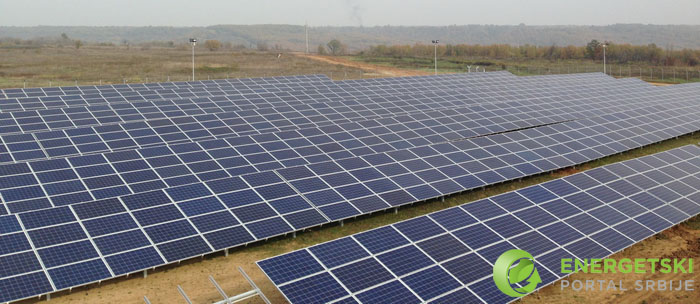
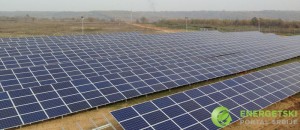 India’s largest power generation company – government-owned NTPC – is on track to complete one of the largest solar power parks in the country.
India’s largest power generation company – government-owned NTPC – is on track to complete one of the largest solar power parks in the country.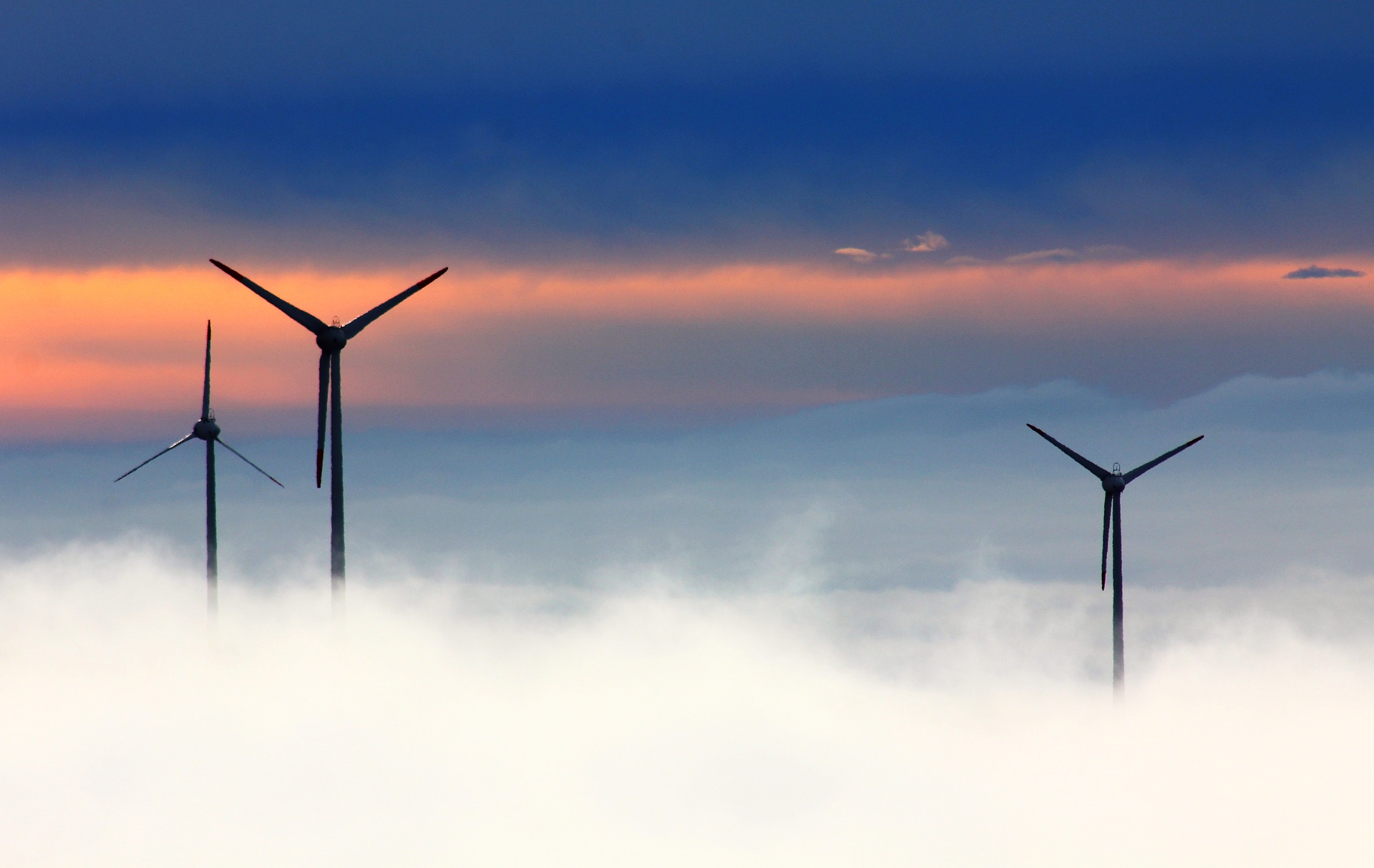
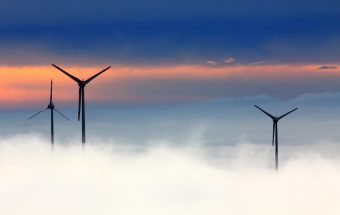
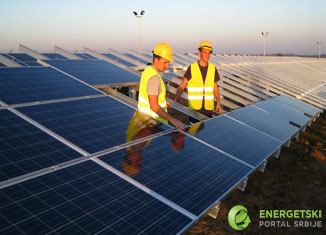
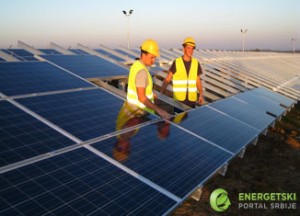
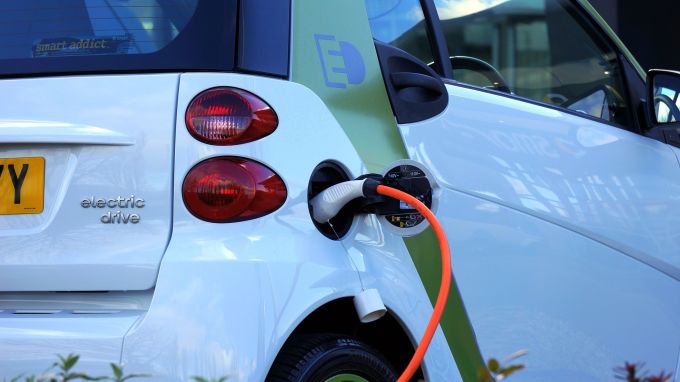


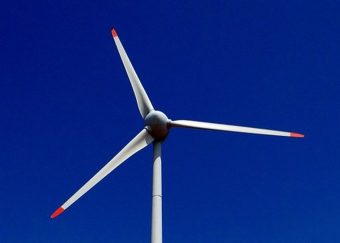


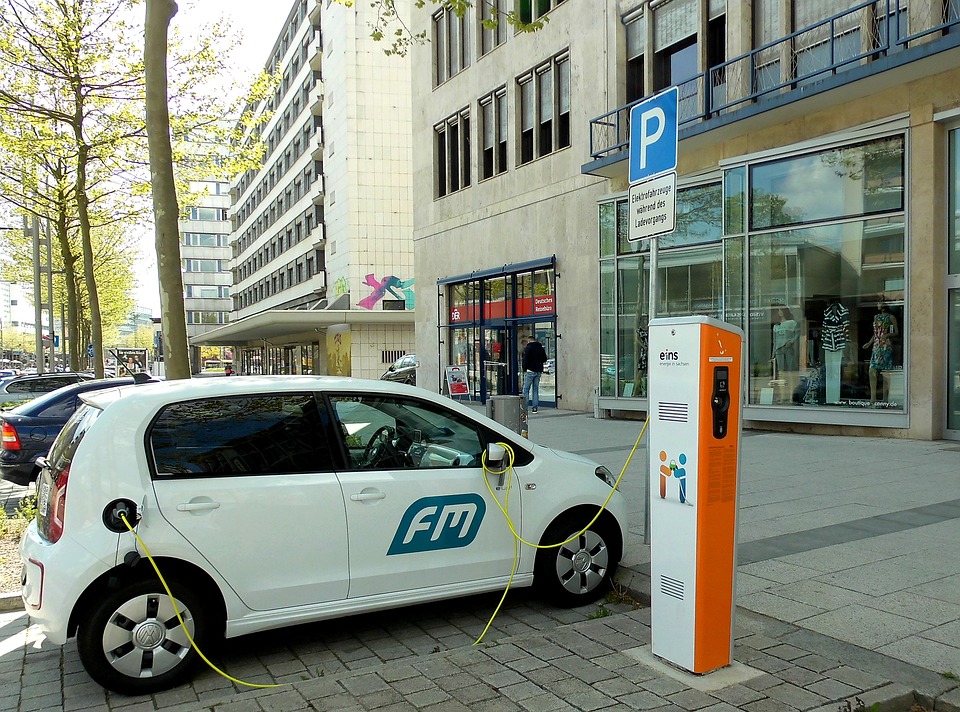
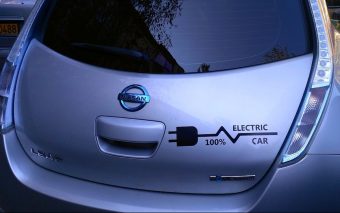



 Since the last IEA in-depth review in 2009, Turkey has made significant progress in reforming its energy sector. Completing the reforms will allow Turkey to tap into its renewable and energy efficiency potentials, latest IEA report says.
Since the last IEA in-depth review in 2009, Turkey has made significant progress in reforming its energy sector. Completing the reforms will allow Turkey to tap into its renewable and energy efficiency potentials, latest IEA report says.